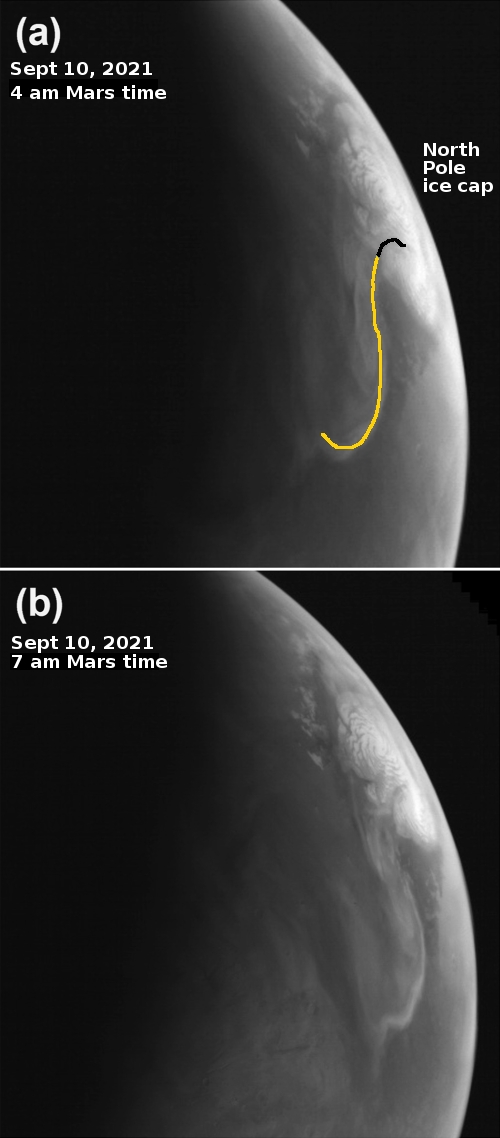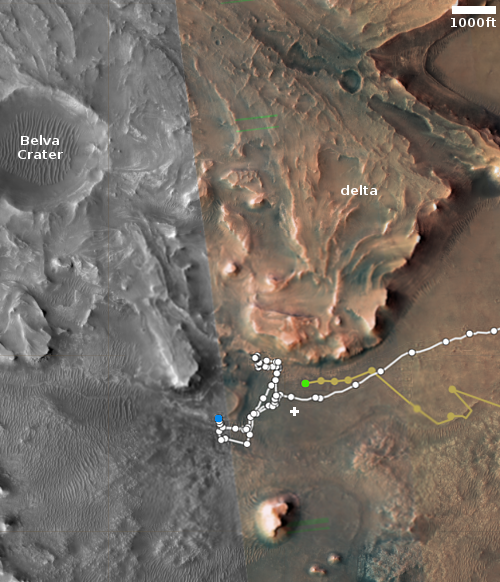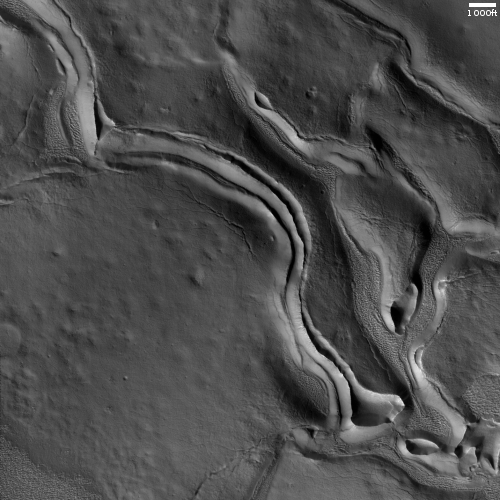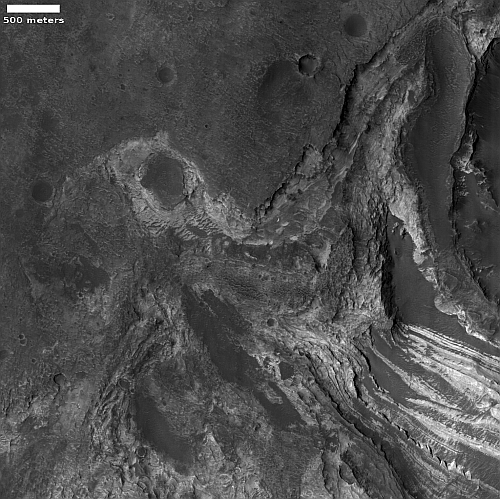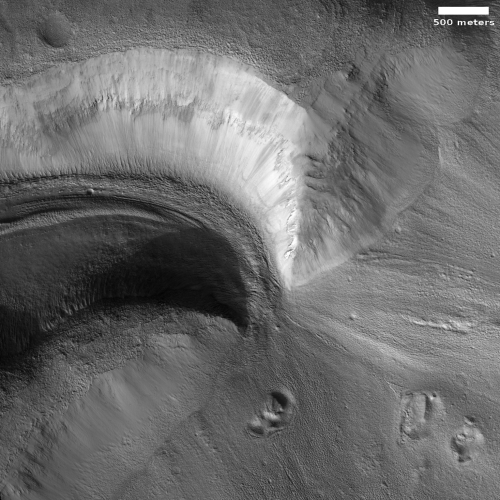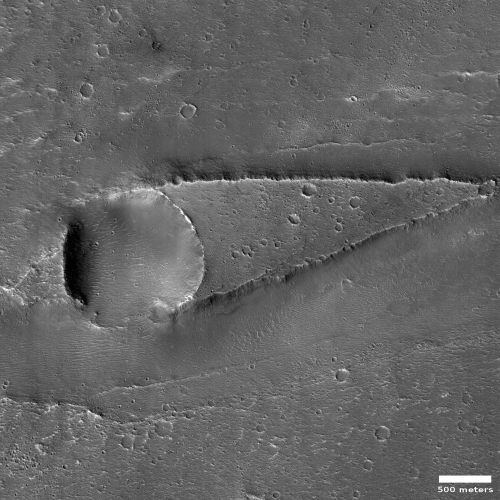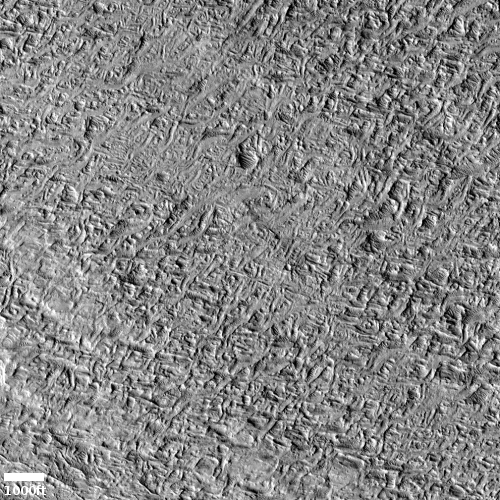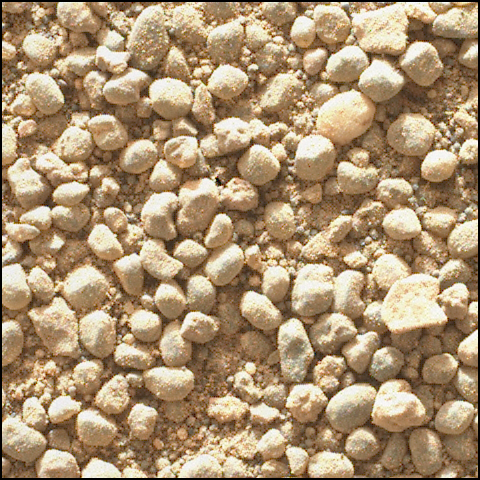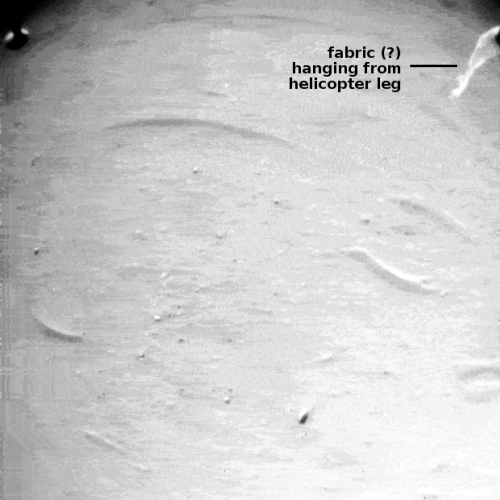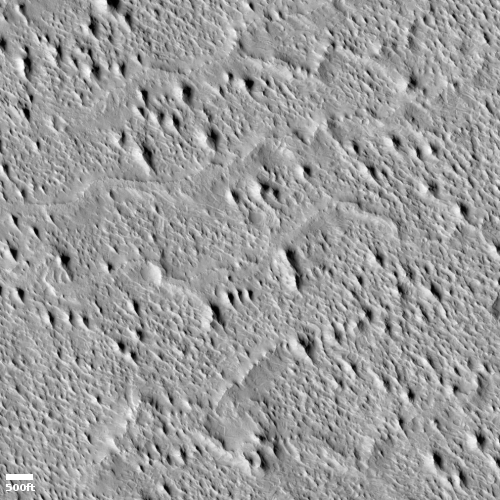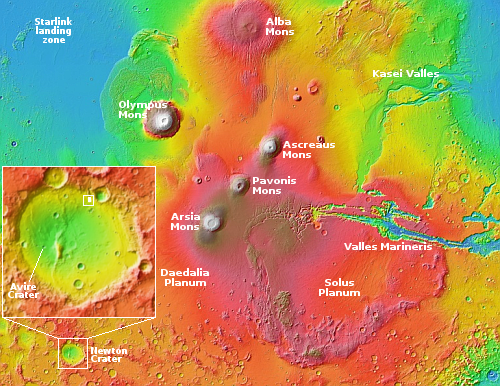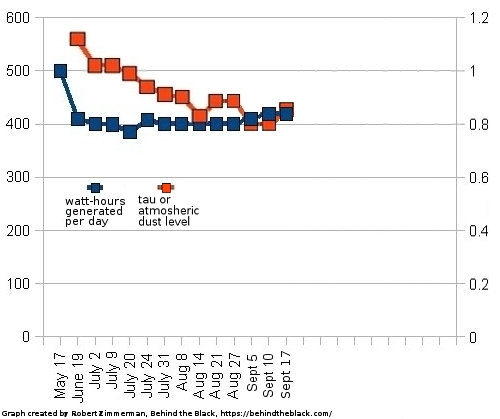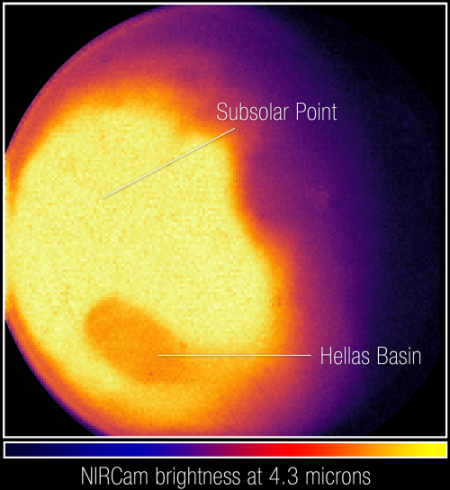Al-Amal orbiter tracks unusual northern summer dust storm on Mars
Scientists, using UAE’s Al-Amal Mars orbiter, have documented the occurrence of a rare high northern latitude summer dust storm whose origin appears linked to both a major canyon in the northern ice cap as well as the giant sand dune seas that surround that ice cap.
The EMM [instrument on Al-Amal] observed a distinct dust cloud on 10 September 2021. That was outside of the classical Martian dust storm season. The observed dust cloud is an arc-shaped dust storm, typically observed at the northern polar cap edge. This type of non-season dust storm is a well-known phenomenon, but this particular case is interesting because the dust cloud has frontal structure. A large atmospheric front is unusual in this location and season.
EMM’s unique observational coverage adds value to this observation, by providing a sequence of four camera images of the frontal dust cloud, separated by 2–3 hr. The frontal dust cloud shows very little movement over 7–8 hr, that is, it is quasi-stationary. We estimated the wind speed and direction by tracking internal motion of the dust cloud. In one case, the estimated wind is consistent with near-surface easterly winds at the polar cap edge.
The two images to the right are adapted from the paper’s figure 3. The yellow line in the top image indicates the location of the dust storm’s front (about 1,200 miles long), aligned with the canyon Chasma Boreale, marked by the black line, that cuts a 300-mile-long and 4,600-foot-deep gash into the North Pole ice cap.
The storm’s wind speeds were estimated very roughly to be about 16 feet per second, about 10 mph. In Mars’ thin atmosphere these winds would be so gentle that they would be almost imperceptible.
The storm front’s alignment with Chasma Boreale is intriguing, but the overview map below suggests another intriguing alignment.
» Read more
Scientists, using UAE’s Al-Amal Mars orbiter, have documented the occurrence of a rare high northern latitude summer dust storm whose origin appears linked to both a major canyon in the northern ice cap as well as the giant sand dune seas that surround that ice cap.
The EMM [instrument on Al-Amal] observed a distinct dust cloud on 10 September 2021. That was outside of the classical Martian dust storm season. The observed dust cloud is an arc-shaped dust storm, typically observed at the northern polar cap edge. This type of non-season dust storm is a well-known phenomenon, but this particular case is interesting because the dust cloud has frontal structure. A large atmospheric front is unusual in this location and season.
EMM’s unique observational coverage adds value to this observation, by providing a sequence of four camera images of the frontal dust cloud, separated by 2–3 hr. The frontal dust cloud shows very little movement over 7–8 hr, that is, it is quasi-stationary. We estimated the wind speed and direction by tracking internal motion of the dust cloud. In one case, the estimated wind is consistent with near-surface easterly winds at the polar cap edge.
The two images to the right are adapted from the paper’s figure 3. The yellow line in the top image indicates the location of the dust storm’s front (about 1,200 miles long), aligned with the canyon Chasma Boreale, marked by the black line, that cuts a 300-mile-long and 4,600-foot-deep gash into the North Pole ice cap.
The storm’s wind speeds were estimated very roughly to be about 16 feet per second, about 10 mph. In Mars’ thin atmosphere these winds would be so gentle that they would be almost imperceptible.
The storm front’s alignment with Chasma Boreale is intriguing, but the overview map below suggests another intriguing alignment.
» Read more

